When visiting Australia, many tourists try to cover the country’s most popular city attractions and renowned tourist destinations. Surprisingly, this unique and diverse country is home to some of the best world heritage sites designated by UNESCO.
As per the following list, Australia boasts a total of 19 natural, archeological, and cultural world heritage sites. It’s certainly worthwhile to explore each of these sites to learn and see exactly the best that Australia has to offer – each particularly remarkable in terms of both natural and cultural significance.
Here is a list of all must-visit UNESCO World Heritage Sites that you can add to your Australian itinerary.
1. Australian Convict Sites:
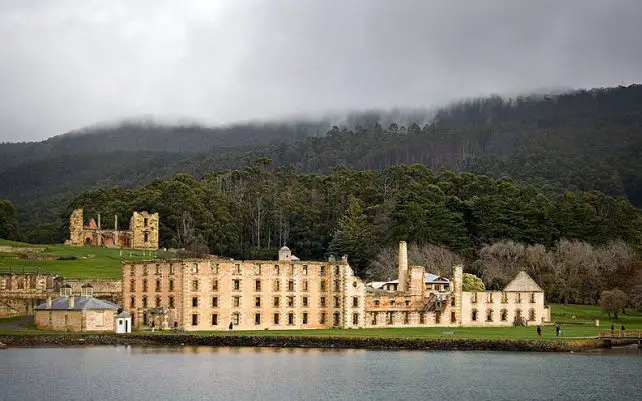
2. Royal Exhibition Building and Carton Gardens:
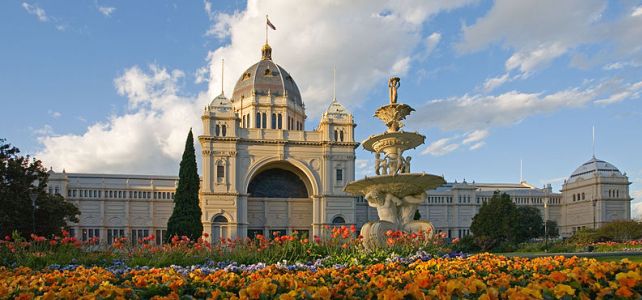
CC-BY-SA-3.0 or CC-BY-2.5], via Wikimedia Commons
3. Sydney Opera House:
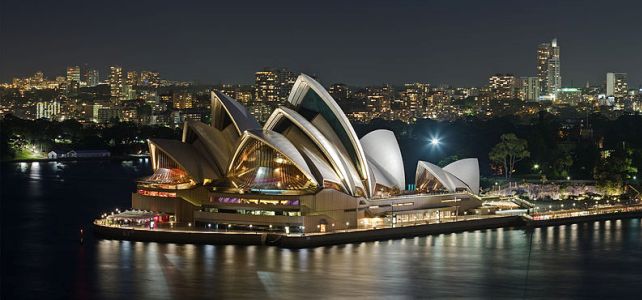
4. Australian Fossil Mammal Sites (Riversleigh / Naracoorte):
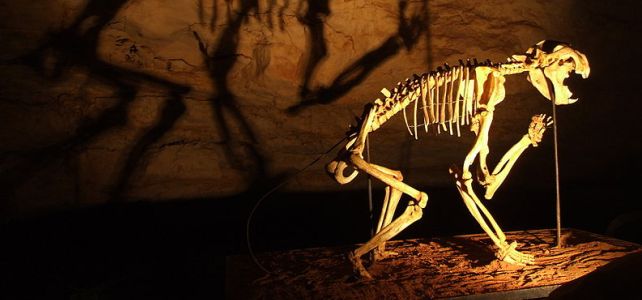
You will find a superb illustration and the overall evolvement of Australia’s unique fauna in the evolutionary process while visiting this spot. An archeological report states that the site provides an outstanding overview of Australian fauna and mammal during the past 30 million years.
5. Fraser Island:
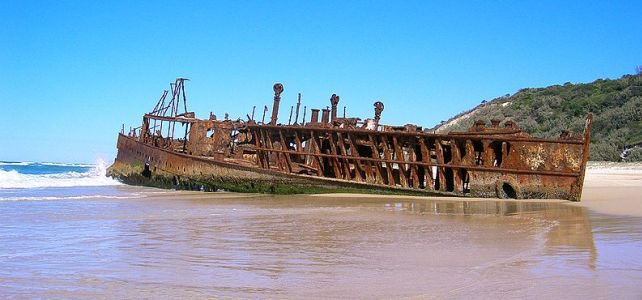
Studies show that Fraser Island is the only spot where half of the planet’s freshwater dune lakes are found. This natural setting showcases excellent escarpments of dense rainforests, eucalyptus woodlands, wallum peat swamps and mangrove jungle. The island’s famous beach at Lake McKenzie is also popular as the world’s weirdest beach, mostly known for its purest white silica sand.
6. Gondwana Rainforests of Australia:
This World Heritage-listed site includes several protected areas with a majority of rainforests remnants. The site is nestled along the Great Escarpment on Australia’s eastern coastal border. Most parts of the Gondwana Rainforests border the southeast coastline of Queensland and northeastern corner of New South Wales, and. features beautiful lush rainforest that showcases the major stages of the ongoing changes in both biological and geological processes.
A recent survey shows that the Gondwana Rainforest is a principal habitat for many Australian threatened animal species.
7. Great Barrier Reef:

Divers and scuba-divers often come here to explore the amazing Great Barrier Reef and its remarkable bio-diversity. Other unique marine life includes the large green sea turtle and dugong.
8. Greater Blue Mountains Area:
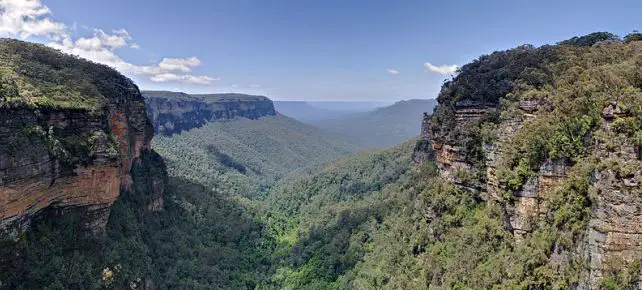
Within the area, there are seven renowned national parks and a cave reserve. Furthermore, the site is also home to many threatened and endemic species of animals.
9. Heard and McDonald Islands:
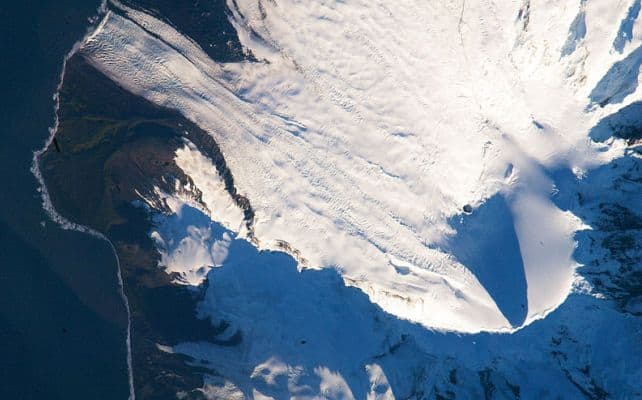
This Australian heritage site is located in the Southern Ocean. The Heard Island and McDonald Islands are known as the only volcanic and live sub-Antarctic islands found.
Many archaeologists and geologists often say that these islands offer an excellent opportunity for researchers to observe ongoing glacial dynamics and geomorphic processes.
10. Lord Howe Island Group:
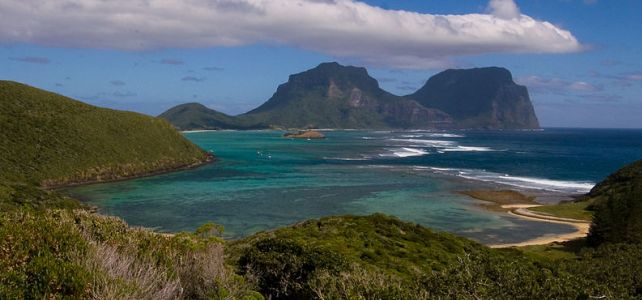
CC-BY-SA-3.0 or CC-BY-2.5], via Wikimedia Commons
The diversity of the landscape includes lagoons, dense forests, shields of a volcano, sheer mountain slopes and a broad arc of hills.
11. Macquarie Island:
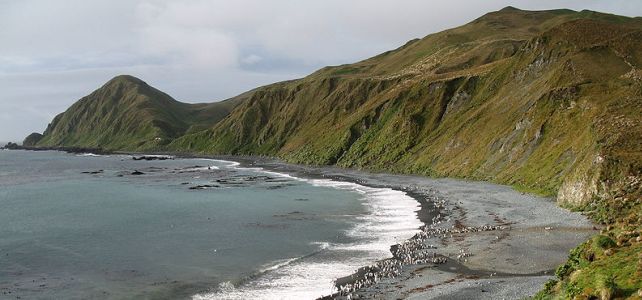
Visitors often come here to explore the beautiful island, its unique sand dunes and scenic coastline. This is the only place on the entire planet where rocks from the ground layer are being exposed above sea-level. Some of the most unique features of the island are its excellent pillow basalts and other extrusive rocks.
12. Ningaloo Coast:
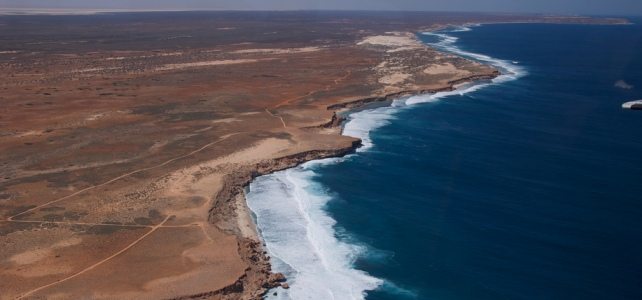
The remote western Australian coast features a unique 604,500 hectares of marine and terrestrial property known as the Ningaloo Coast. This site is home to the world’s longest near-shore reefs. The site also features a network of underground caves, passages, and groundwater streams.
Every year, a herd of whale sharks gather at Ningaloo Coast; with the coast also habitat for numerous other marine species including sea turtles.
13. Purnululu National Park:
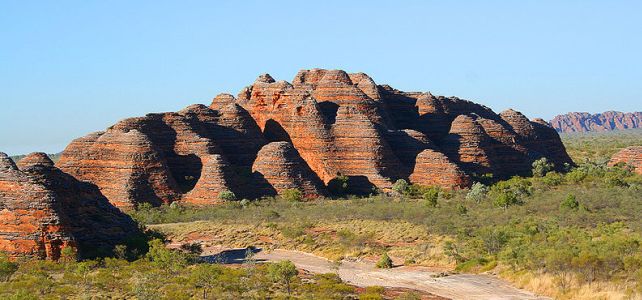
CC-BY-SA-3.0], via Wikimedia Commons
14. Shark Bay, Western Australia:
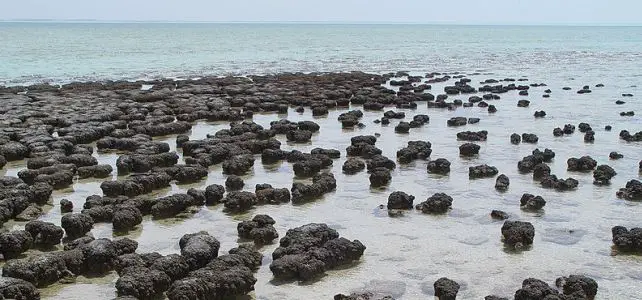
In addition, its terrestrial terrain is home to five species of native endangered mammals; including the rufous hare-wallaby, boodie, banded hare-wallaby, and the famous Shark Bay mouse.
15. Wet Tropics of Queensland:
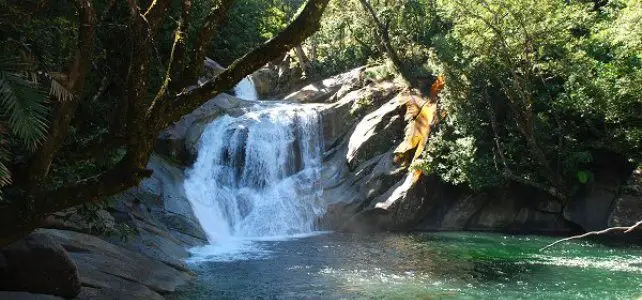
CC-BY-SA-3.0-2.5-2.0-1.0], via Wikimedia Commons
The fauna at the Wet Tropics include a wealth of singing birds, marsupials and other native animals – some are also rare and endangered.
16. Kakadu National Park:
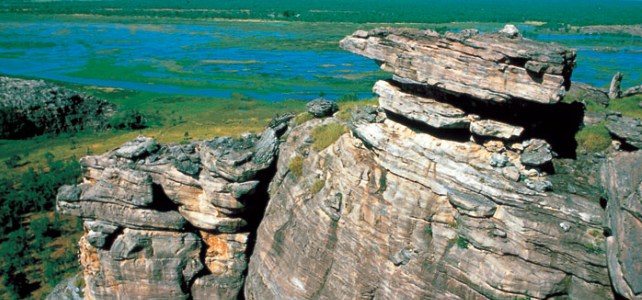
Some of the most popular features of the national park are its cave paintings, rock carvings and archeological sites. The site also provides an overview on the evolutionary process of the ancient inhabitants and the prehistoric hunter gatherers of 40,000+ years.
17. Tasmanian Wilderness:
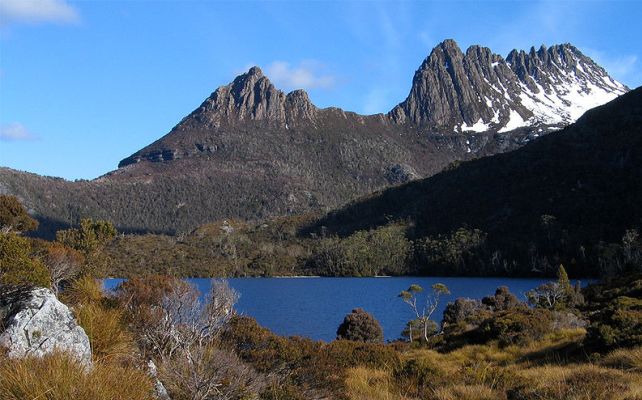
This World Heritage listed natural setting has been undergone severe glaciations for many years. The entire setting includes parks, reserves, steep gorges and wilderness; covering an area of over 1 million hectares. The site is also home to a large escapement of temperate rainforest.
Within the site, you will find some remains of ancient inhabitants within the limestone caves that date from 20,000 years ago.
18. Uluru-Kata Tjuta National Park:
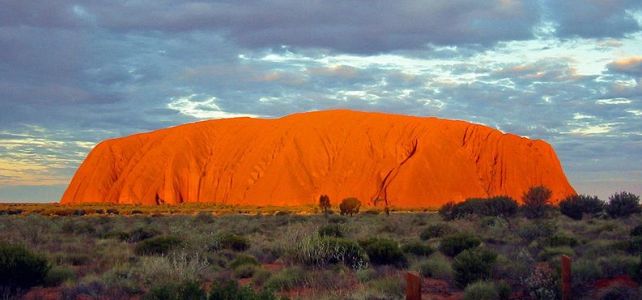
CC-BY-SA-3.0], via Wikimedia Commons
Archaeologists reveal that caves on this red sandy plain of central Australia were once home to the oldest human civilizations in the world. The park is also named after its native inhabitants of Uluru-Kata Tjuta, a group of Anangu Aboriginal people.
19. Willandra Lakes Region:
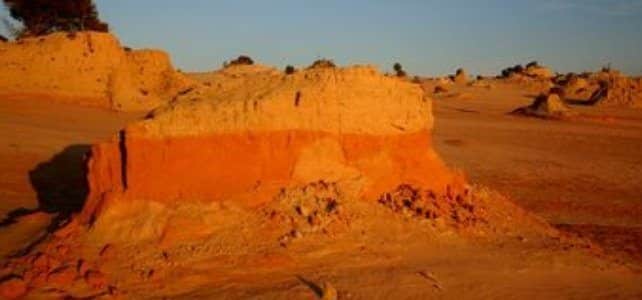
The last one on the World Heritage list is the Willandra lakes Region. This natural setting is home to some excellent fossil remains, a series of pristine lakes, and some unique sand formations. Several huge fossil remains of giant marsupials were also discovered here.
Researchers claim that some of the sand formations at this lake region date back to the Pleistocene time. Archaeological evidence also claims that the region was once home to human civilization – dating from 45,000 to 60,000 years ago.
Visitors of all ages are welcome to explore these natural and manmade unique attractions while visiting the mystic country of Australia.







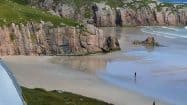
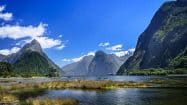

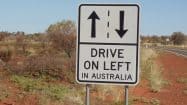

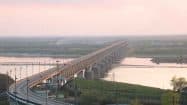


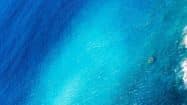



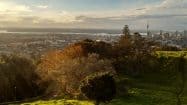
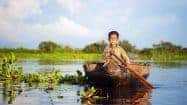

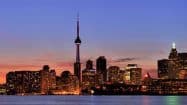
![Big Spender To Backpackers [infographic]](https://www.holidaypoint.com.au/wp-content/uploads/2014/03/GIO_BigSpendertoBackpacker_v3-e1394504863732-187x105.jpg)


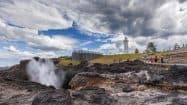
![For The Love Of Bbq [infographic]](https://www.holidaypoint.com.au/wp-content/uploads/2014/01/GIO_AussieBBQ_v2-e1390559463404-187x105.jpg)
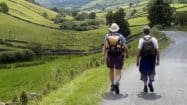
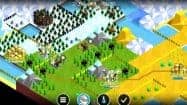


![Cities Of The Future [infographic]](https://www.holidaypoint.com.au/wp-content/uploads/2013/11/geek-travel2-e1384167225628-187x105.jpg)




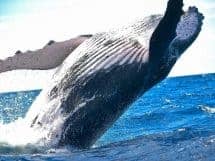





If you want to enjoy your vacations u must visit to Melbourne or Victoria in Australia.